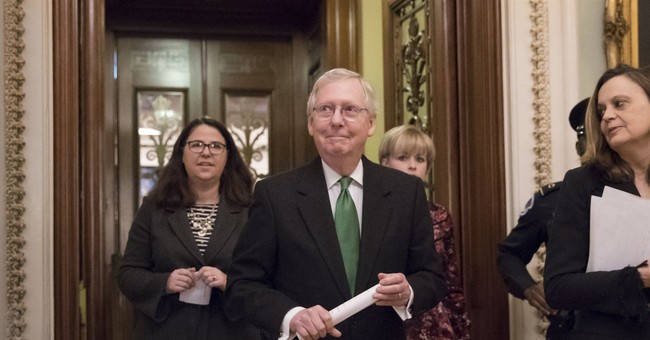
Democrats are, of course, melting down today over Republicans potentially going ahead with the process to confirm a nominee to replace Ruth Bader Ginsburg.
As we reported, Senate Majority Leader Mitch McConnell has previously said and confirmed again yesterday that he believes this situation is different from that in 2016 when the Senate declined to hold a hearing for Merrick Garland, President Barack Obama’s nominee.
From Fox News:
“In the last midterm election before Justice Scalia’s death in 2016, Americans elected a Republican Senate majority because we pledged to check and balance the last days of a lame-duck president’s second term. We kept our promise,” McConnell continued. “Since the 1880s, no Senate has confirmed an opposite-party president’s Supreme Court nominee in a presidential election year.”
McConnell added that “by contrast, Americans reelected our majority in 2016 and expanded it in 2018 because we pledged to work with President Trump and support his agenda, particularly his outstanding appointments to the federal judiciary.”
Democrats are gnashing their teeth and claiming that’s hypocritical.
But is it really? Not so much. In fact, it’s completely consistent with history, as Dan McLaughlin brilliantly breaks down at National Review:
Historically, when the opposite party controls the Senate, the Senate gets to block Supreme Court nominees sent up in a presidential election year, and hold the seat open for the winner. Both of those precedents are settled by experience as old as the republic. Republicans should not create a brand-new precedent to deviate from them. [….]
Twenty-nine times in American history there has been an open Supreme Court vacancy in a presidential election year, or in a lame-duck session before the next presidential inauguration. (This counts vacancies created by new seats on the Court, but not vacancies for which there was a nomination already pending when the year began, such as happened in 1835–36 and 1987–88.) The president made a nomination in all twenty-nine cases. George Washington did it three times. John Adams did it. Thomas Jefferson did it. Abraham Lincoln did it. Ulysses S. Grant did it. Franklin D. Roosevelt did it. Dwight Eisenhower did it. Barack Obama, of course, did it. Twenty-two of the 44 men to hold the office faced this situation, and all twenty-two made the decision to send up a nomination, whether or not they had the votes in the Senate. [….]
Presidents have made Supreme Court nominations as late as literally the last day of their term. [….]
At the same time, in terms of raw power, a majority of senators has the power to seat any nominee they want, and block any nominee they want. [….]
There have been ten vacancies resulting in a presidential election-year or post-election nomination when the president and Senate were from opposite parties. In six of the ten cases, a nomination was made before Election Day. Only one of those, Chief Justice Melville Fuller’s nomination by Grover Cleveland in 1888, was confirmed before the election. Four nominations were made in lame-duck sessions after the election; three of those were left open for the winner of the election. Other than the unusual Fuller nomination (made when the Court was facing a crisis of backlogs in its docket), three of the other nine were filled after Election Day in ways that rewarded the winner of the presidential contest: [….]
Nineteen times between 1796 and 1968, presidents have sought to fill a Supreme Court vacancy in a presidential-election year while their party controlled the Senate. [….]
Nine times, presidents have made nominations after the election in a lame-duck session.
Presidents have even made nominations during the lame-duck session with the Senate of the same party.
So that’s the norm. It’s Democrats who are now trying to upset that norm.
Let’s look at the Democrats’ own positions in 2016.
I agree with @HillaryClinton!
The Senate Republicans MUST fill the seat so we don’t dishonor the constitution!#FillTheSeat https://t.co/yybd8oA6Lt
— Alex Bruesewitz (@alexbruesewitz) September 19, 2020
We should follow Schumer’s advice. pic.twitter.com/RBTEz2AAdG
— Ted Cruz (@tedcruz) September 19, 2020
Barack Obama:
Obama in 2016: "When there is a vacancy on the SCOTUS, the President is to nominate someone, the Senate is to consider that nomination. There's no unwritten law that says that it can only be done on off-years. That's not in the Constitution text."
— Liz Wheeler (@Liz_Wheeler) September 19, 2020
Gotta say I agree with Obama on this one. pic.twitter.com/0xYyFVzMM0
— 2A Forever (@TwoAForever) September 19, 2020
Exactly. As I wrote earlier, citing Ted Cruz, with the controversial election we have coming up, we know that there could be a legal battle that makes its way to the Supreme Court. We can’t be left in a Constitutional crisis.
Here’s Joe Biden 2016: the Senate has an obligation to move forward with the process.
Joe Biden in 2016:
“I would go forward with a confirmation process as chairman, even a few months before a presidential election, if the nominee were chosen with the advice, and not merely the consent, of the Senate, just as the Constitution requires.”pic.twitter.com/KQQj10xDLt
— Daily Caller (@DailyCaller) September 19, 2020
Everybody should get a hearing and a vote, said Joe Biden, “even in an election year.”
Oops pic.twitter.com/cQDh6LYk3b
— Will Chamberlain (@willchamberlain) September 19, 2020
Bottom line? The history is on the side of the President and McConnell.
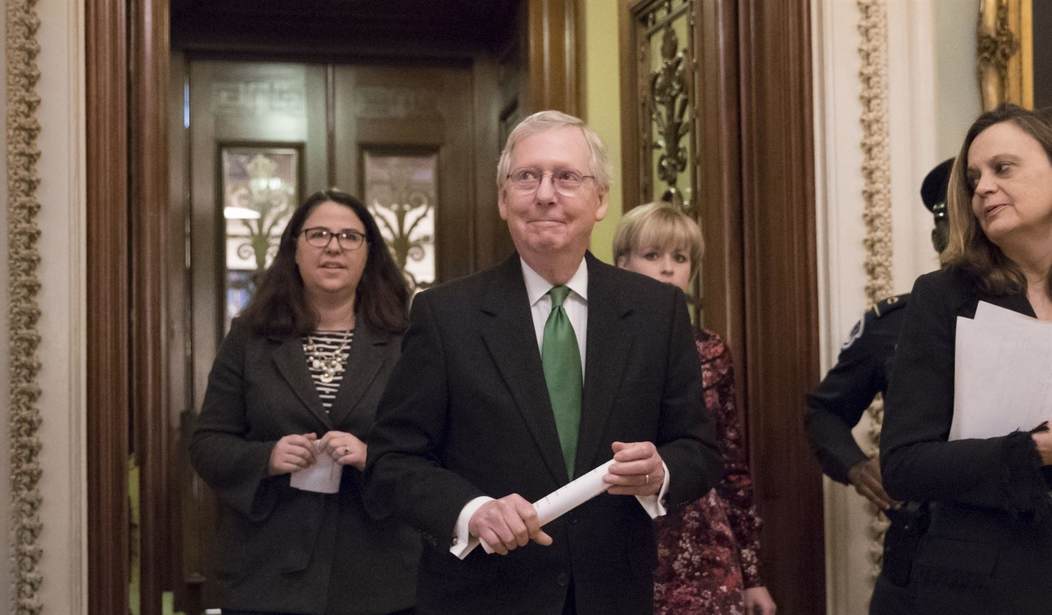
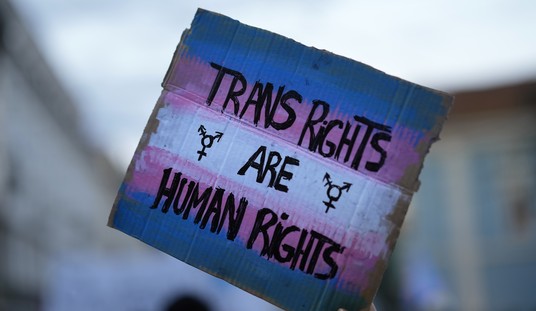



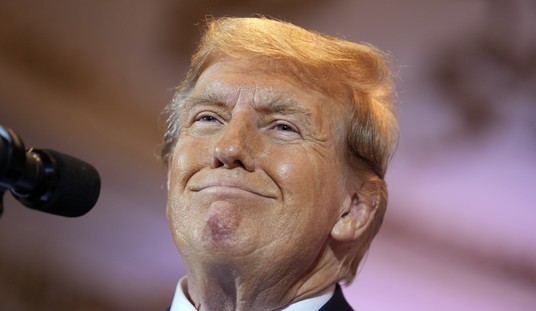
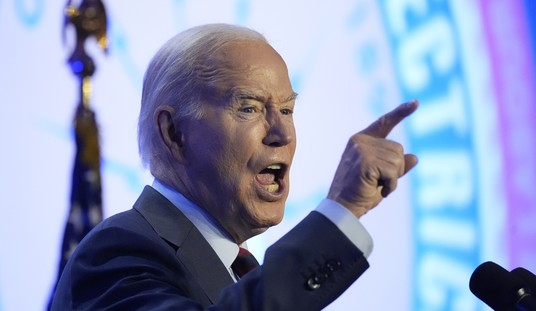
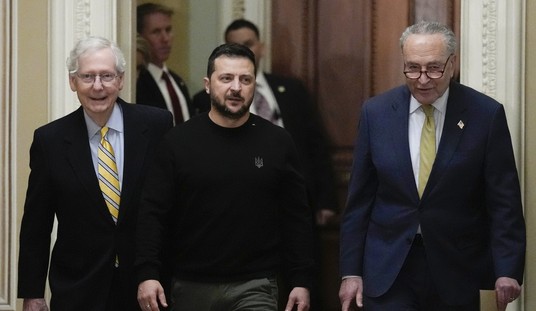

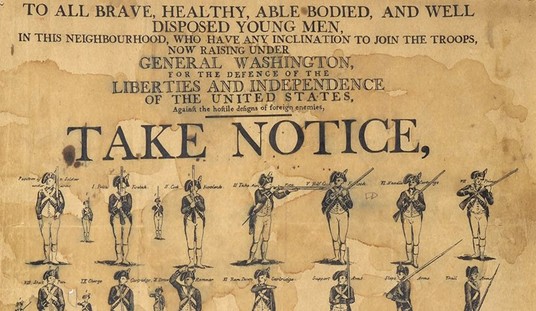



Join the conversation as a VIP Member